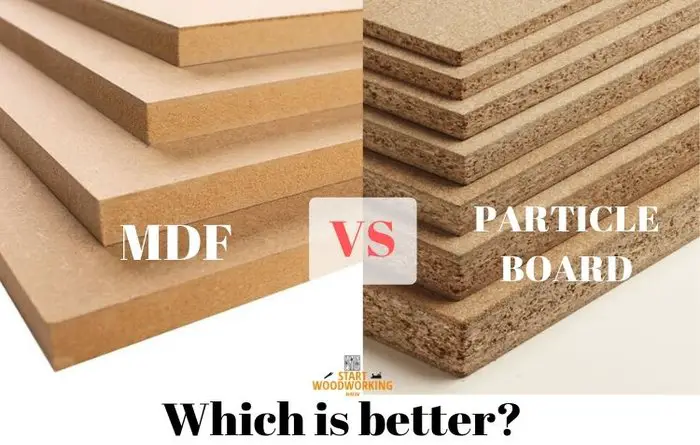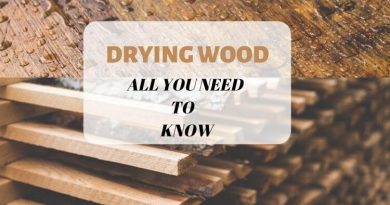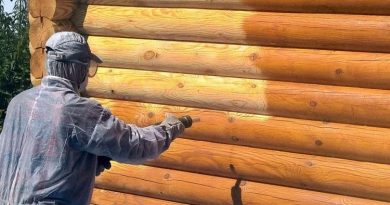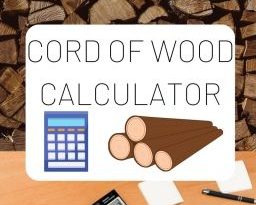Medium Density Fiberboard (MDF) vs Particle Board
Here is a problem that seems to strongly affect any potential buyer of furniture, be it kitchen, living room or dressing room: Medium Density Fiberboard (MDF) vs Particle Board?
Particle Board and MDF are widely used in the production of modern furniture. However, there are similarities and differences between them, so when you opt for a Particle board or MDF furniture, it is good to know the advantages and disadvantages of these materials:
| Property | MDF | Particle Board |
COMPOSITION | The manufacturing process is similar to that of Particle Board: pressed and thermally bonded wood fibers. The difference is in the size of the fibers used. They are much smaller, resulting in a denser, stronger and more uniform material. | It is composed of finely chopped wood chips, mixed with glue or synthetic resins, hot pressed. Also called chipboard, they are made of thin layers of veneer, glued and thermally pressed together. Veneer boards are made by hot pressing wood chips with chemical adhesives. |
| STRENGTH | MDF has a higher hardness and strength , comparable to that of solid wood. | Particle Board has lower hardness and strength which is due to a lower density. |
| PATTERNS | Available in a wide range of shades, patterns and structures that mimic wood, marble and even natural stone. | Available in a rich palette of colors and various imitations. |
| NAILS/SCREW CAPACITY | Due to the stronger composition of MDF, when you insert screws, it will behave much better. | They are not dense, the screws or nails do not tighten very well |
| SHAPE | Due to the increase wood fibers in the composition it offers a higher resistance to moisture and is very durable. | Because of sawdust in it’s composition the Particle Board has an increase moisture sensitivity. |
| WEIGHT | MDF has an increase weight compared to Particle Board because of the increase number of wood fibers. | Particle Board has a lower weight compared to MDF because it has less number of wood fibers. |
| COST | The execution price of MDF furniture is significantly higher than that of Particle Board | Low Cost due to the simpler manufacturing process. |
What is Medium Density Fiberboard(MDF)?
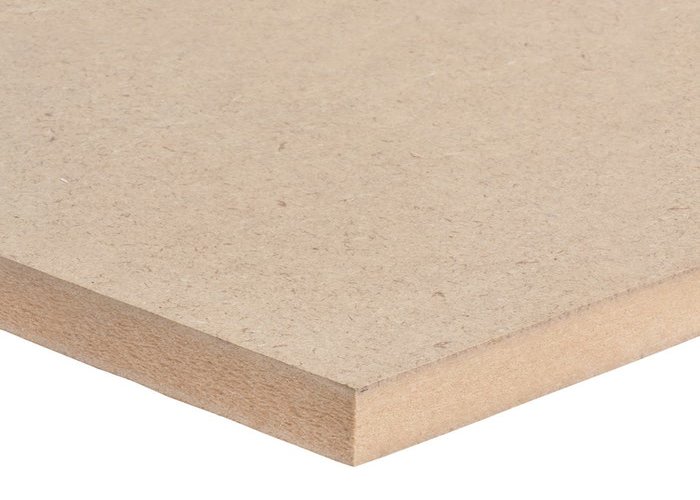
MDF (medium density fiber) is manufactured in the same way as chipboard, with the difference that the composite wood is shredded much finer before pressing. MDF has a higher density than chipboard and a much finer surface that makes it workable on the surface.
See here why wood composite is an innovative building material and why you should use it!
In the case of MDF, the edges of the fronts can be rounded, thus eliminating the need to apply the edge. Its lack gives a much more elegant look.
The hard and fine surface also allows the embossing of different models on the fronts, which is called the milling technique.
With the help of milling you can imitate the classic style of furniture made of solid wood.
In this case, the advantages in favor of MDF are given by the low price and the properties of the material that does not expand or contract like wood.
Types of MDF
Depending on how the surface is finished, you will find MDF:
- painted
- veneered
- foliated
- melamine
What is Particle Board?
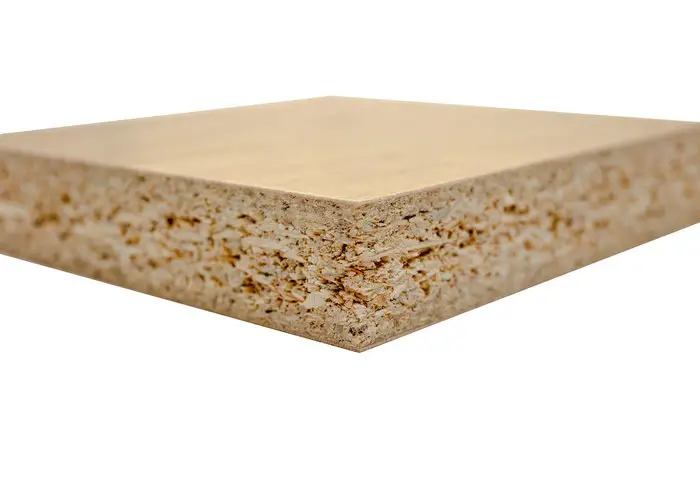
Particle Board is obtained by mixing chopped wood chips with synthetic resins and glue. And to reach the final shape, the mixture is hot pressed. The inner layer is hard, due to the large wood particles, and the outer layer is smooth. At the end, the obtained plates can be finished with melamine film, special varnishes or veneer.
The Particle Board (chipboard) is composed of finely chopped wood chips, mixed with glue or synthetic resins, hot pressed.
The inner layer of the panels thus made contains coarse particles, while the outer layers are smooth, composed of finer particles.
The chipboard can be finished with a film of melamine, veneer or various varnishes.
Melamine Particle Board is obtained by applying several layers of melamine and paper impregnated with the desired pattern or color of finish.
Melamine offers a very wide range of solid colors, but also fibers that perfectly mimic wood.
Do you know how to cut melamine without chipping? I have a step by step tutorial!
What is the difference between MDF and Particle Board?
When choosing your furniture, regardless of whether it is ready-made or will be made to order, you must know from the beginning if it is made of chipboard or MDF, because each material has its advantages and disadvantages.
In addition, you need to know the type of material because each must be maintained in its own way.
The Particle Board (chipboard) is made of sawdust left over from the manufacturing processes of wood products, which is mixed with binders and hot pressed in the form of boards.
Unlike it, MDF is made of very finely chopped wood fibers, therefore it has a density and a homogeneous composition along the entire board, thus becoming heavier, but also more resistant.
The advantages of MDF vs Particle Board:
The Medium Density Fiberboard(MDF) has the following advantages compared to Particle Board:
- it is denser and stronger;
- the surface is finer;
- it’s harder;
- has higher hardness (has high resistance to bending and swelling);
- the temperatures at which it is pressed are higher than in the case of PAL, so that there are no gaps in the composition of the plate;
- it is closer to the much desired aspect of the wood (thanks to the finishes it receives);
- due to the wood fibers in the composition (instead of sawdust as in the case of chipboard) it offers a higher resistance to moisture and is very durable;
- the edges of the fronts can be rounded, thus eliminating the need for edges as in the case of chipboard furniture;
- the MDF surface can be processed, due to the fine and hard appearance; thus, decorative models with inspiration from different styles are obtained on the furniture fronts;
- it is easy to process, MDF can be painted, veneered, wrapped with PVC foil;
- offers a longer lifespan for furniture products;
- it is a material with a higher price than chipboard (given the expensive processing process), but cheaper than solid wood;
Here is a list with the hardest woods in the world! How many of these woods do you know?
The advantages of Particle Board vs MDF:
The Particle Board(chipboard) has the following advantages compared to Medium Density Fiberboard(MDF):
Particle Board is cheaper than MDF, but is considered even lower in quality. In addition, chipboard has a lower weight and is easier to process than MDF.
The advantages of chipboard furniture:
- has an affordable price;
- is executed quickly;
- is available in a wide range of colors;
- various types of furniture can be made of chipboard, in any shape and size.
What are the disadvantages of MDF?
The Medium Density Fiberboard(MDF) has the following disadvantages:
- higher costs than chipboard due to more expensive processing.
- longer time to get the finished product
- the natural pattern of the wood cannot be reproduced.
Specifically, it can not be easily reproduced, because there are special patterns that mimic the design of wood and can be used on paint.
What are the disadvantages of Particle Board?
The Particle Board has the following disadvantages:
- sensitive to repeated demands and weights
- they are not dense, the screws do not tighten very well
- low resistance to moisture and high temperatures, due to low density.
- do not allow milling (decorative fronts on the surface) and profiling (rounding the edges)
- they have the shortest lifespan
What is the difference between MDF and particleboard?
Due to the density, MDF is the most convenient solution with processing properties impossible to achieve in the case of melamine faced chipboard, or even natural wood.
The differences between the two types of prefabricated panels (Particle Board vs MDF) are as clear as can be:
- Physico-mechanical properties
It is free of internal defects, as we find in the case of natural wood, knots or cracks.
MDF boards do not deform, the density of the material being the highest, the surface almost completely devoid of pores.
MDF is distinguished by the distribution of its properties throughout the plate.
The strength of MDF board is 1.8-2 times higher than chipboard (PAL).
MDF strength is ensured not only by the use of synthetic resins, but also by binding agents in fibrous interaction (lignin).
Medium Density Fiberboard swelling factor is several times lower compared to melamine chipboard.
MDF does not lose its shape due to a drastic drop in temperature. Medium Density Fiberboard boards do not break.
- Resistance to humidity and stability to temperature fluctuations
Due to its resistance to moisture, MDF boards are widely used in the production of kitchen and bathroom furniture.
Under the influence of steam, the MDF does not swell or deform.
- High level of thermal insulation properties.
In the case of a 12 mm thick MDF board, the thermal insulation properties are equal to a 150 mm thick brick wall and a 260 mm thick reinforced concrete panel.
- High level of sound insulation
Due to its density, MDF boards have a high level of sound insulation.
- More processing and design options
MDF is easy to laminate or paint due to its ideal surface, unlike particle board (chipboard).
MDF is economical to paint, due to the less paint-absorbing surface compared to other materials.
Medium Density Fiberboard can be used to make embossed decorative elements, which is impossible to make for chipboard.
Medium Density Fiberboard is ideal for various edge milling, angles and surfaces.
This allows the MDF parts to take different shapes and expand the possibilities of their use, which is impossible to achieve in the case of chipboard.
The bending technology of MDF parts is similar to that used for natural wood or plywood.
MDF can be used to make curved pieces, which is another advantage over melamine chipboard.
Due to the high hardness, MDF supports furniture upholstery better than other materials.
- Ecological compatibility
MDF has ecological properties close to those of natural wood.
MDF is more environmentally friendly than particle board (chipboard) due to its low formaldehyde emission.
So MDF is recommended to use for the production of kitchen furniture and for children.
- Hygiene
MDF is resistant to various fungi and germs, which makes it hygienic and safe for everyday life.
- Fire safety
MDF is a highly flammable material.
CONCLUSION
The above advantages make MDF boards a very popular material for kitchen, bathroom, and office countertops. But the price difference compared to melamine chipboard can reach 5-600%.
With the help of these two materials you can make ergonomic and comfortable furniture, with a modern and functional design.
Thus, depending on the quality, design and time you want to make the furniture, you can choose between Medium Density Fiberboard (MDF) vs Particle Board(chipboard).

